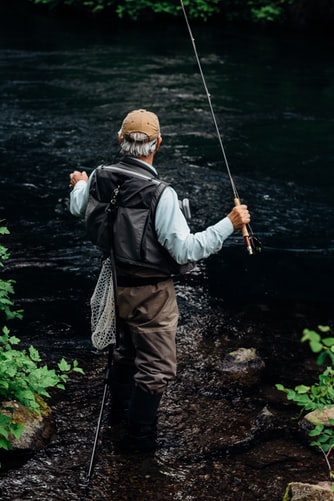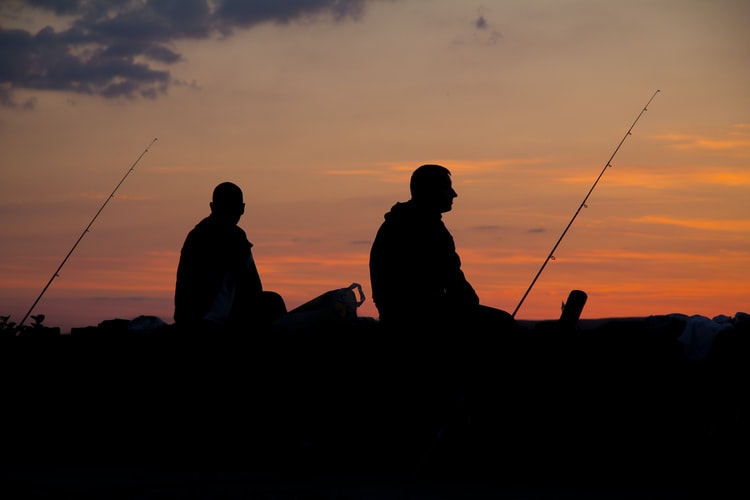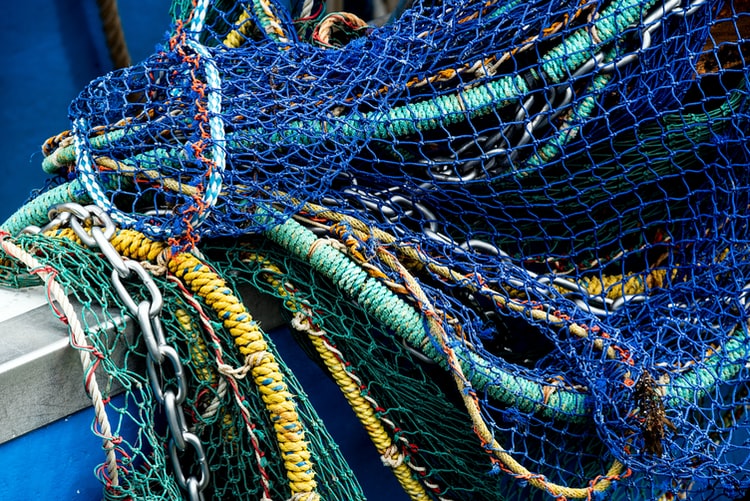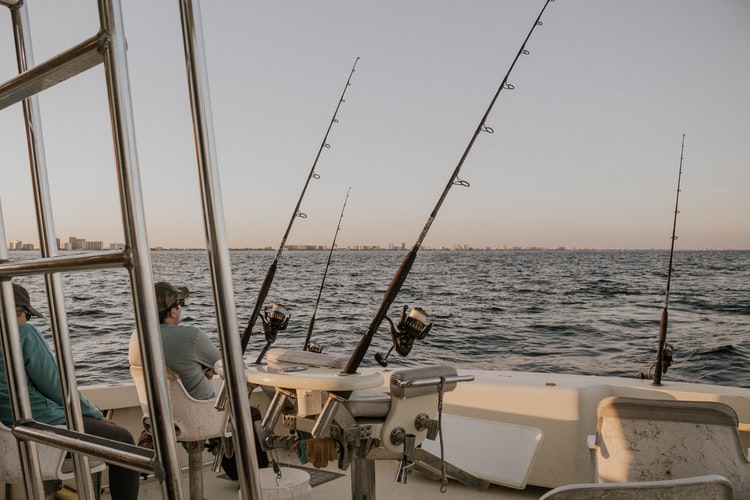
For centuries, people have been engaged in a sustainable fishing practices, but recent years have seen a dramatic decline in fishing populations. As fishing demands have increased throughout the world, so has the demand for fish and other seafood, which are largely responsible for the steep drop in fish populations around the world. If something isn’t done to protect the remaining fish populations, the delicate balance that nature established will be upset and may very well be destroyed. One way to ensure the survival of fish stocks is to implement sustainable fishing policies that are enforced by state and federal laws.
Among these sustainable fishing policies, there is one major enforcement mechanism: trawling restrictions. Trawler trawls can be used to extract fish from aquatic environments that are considered overpopulated or overharvested. The practice of trawling is often used to extract more fish than is sustainable enough to be commercially viable. The practice is illegal in most countries, but trawlers are not always properly trained in order to prevent the death of marine animals.

Under the law, trawlers must be licensed by the United States Federal Fish Hatchery and Parks Division. These trawlers must also submit documentation proving that they take the populations of fish in question into consideration when determining their sustainability. Unfortunately, many trawlers do not adhere to this policy, so the numbers of fish in the water are being depleted at an alarming rate. While some of these fisheries are required to submit permits to government agencies before granting access to fish for commercial purposes, many trawlers disregard these requirements in an effort to collect more fish for their own private consumption.
Examples Of Non Sustainable Fishing
In addition to the illegal harvesting of fish, some trawlers use illegal fishing methods such as gill nets and bait buckets. Gill nets are illegal because they only allow a certain amount of fish to pass through at one time, causing the population to be decimated over an extended period of time. Bait buckets are another method which are banned due to the fact that they put both the trawler and the fish at undue risk. Small metal pieces are often thrown into the bucket, often times containing enough bait to take down a school of fish. If the trawler attempts to throw the bucket back into the water, the fish will grab the metal pieces and literally drag them back into the water.

A sustainable fishing policy means that the trawler is allowed to take into consideration the factors that affect the sustainability of a given fishery. For instance, a lake may be set up so that certain fish are only harvested during certain times of the year. This way, the number of fish that die annually can be controlled, and there is no overpopulation. Also, if there are natural resources that could be utilized to help reduce the harvesting of fish, such as fish nesting grounds or natural water channels, the trawler is allowed to utilize them.
Additional Sustainable Fishing Practice Methods
There are a few other methods of sustainable fishing practices, including the fishing of small game fish (such as Herring and mackerel), shark, and any oceanic species that are considered endangered or protected. A big factor in any type of fishing is the way it gets its fish. The smaller, less valuable fish are often killed in nets and lines, and because of this, these fish cannot reproduce fully. As a result, their populations are reduced. By catching smaller, more valuable fish, sustainable fishing practices allow the population to grow, and allow it to recover from previous depletion.

